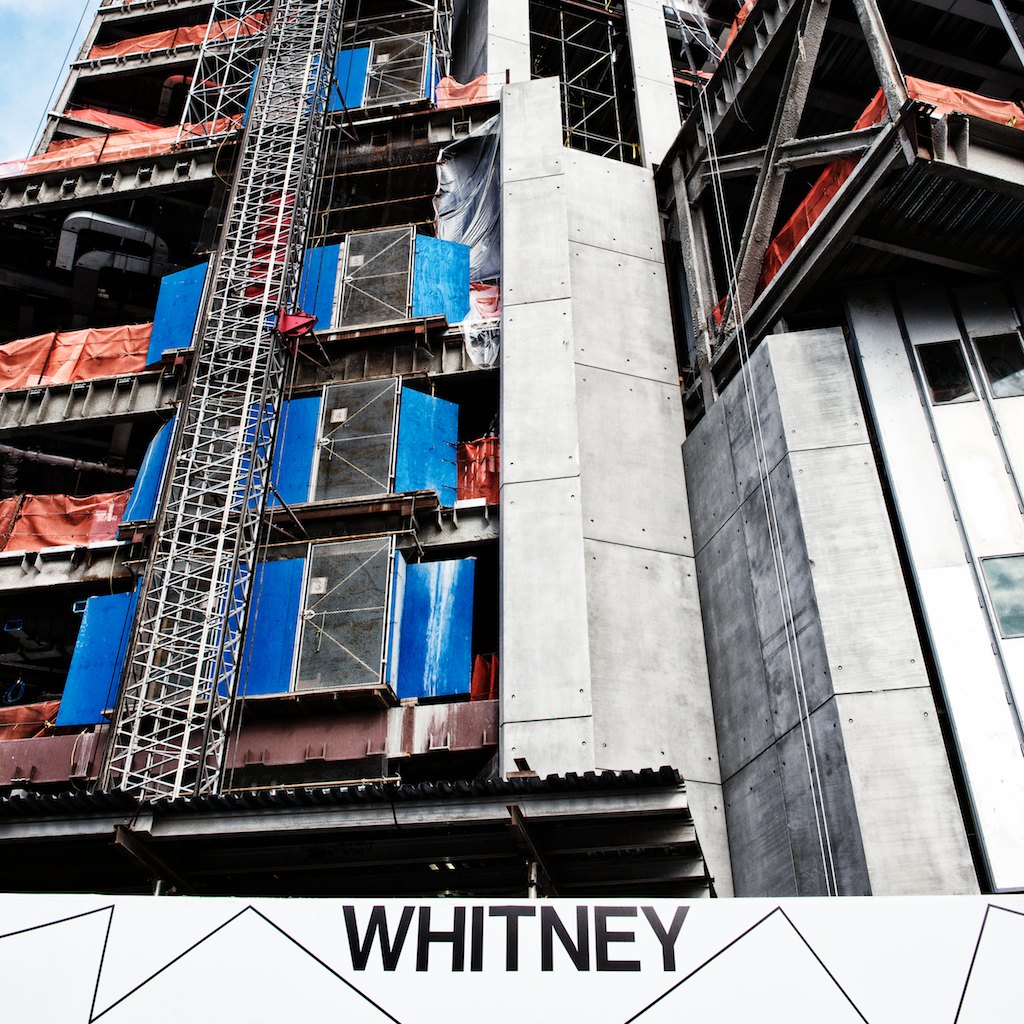The New Whitney Museum’s “America is Hard to See”
Previewing the inaugural multi-floor exhibition in a stunning new home designed by Renzo Piano

Two years ago, we ventured over to 99 Gansevoort Street in NYC to tour the construction site of famed architect Renzo Piano’s new Whitney Museum of American Art building. Today, the 28,000 ton concrete, glass and steel building stands complete—and completely remarkable—with several city-facing vistas, a grand illuminated metal staircase and the last four elevators artist Richard Artschwager envisioned before his death. These are just some of the many stunning attributes the structure carries and the building itself is an accommodating piece of art. That said, the core of the Whitney’s mission happens to be art and their inaugural exhibition, “America is Hard to See,” delivers profound depth as it surveys American art from 1900 to today.

This exhibition functions two-fold: it is a reexamination of American art’s history and it is a bold new look at the Whitney’s holdings. Over 600 works from 400 different creators were culled from 22,000 objects. As Chief Curator and Deputy Director for Programs, Donna De Salvo, announced this morning, this multi-floor exhibition “takes a thematic approach, offering 23 chapters that reflect on some of the beliefs, ideas and preoccupations that artists have grappled with over the past 115 years. Every Whitney curator was involved in the complex compilation of narratives and each made innumerable contributions.”
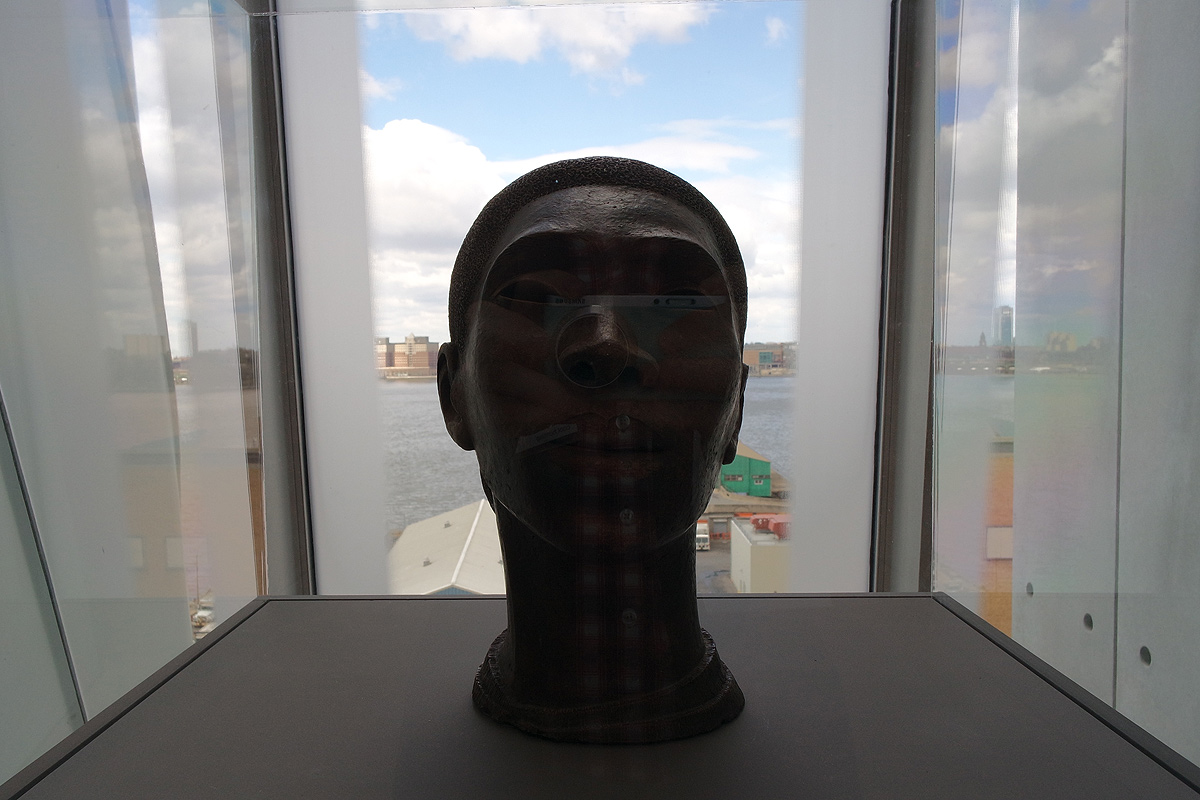
As themes came together, boundaries were broken across art mediums and the processes that created them. “When we set out to analyze the collection, I don’t think any of us were prepared for the depth and breadth of what we would encounter and how the direct experience of looking at these works would impact our thinking,” De Salvo continued. “Many works have never or rarely been exhibited and are now shown alongside well known icons, in a conscious effort to uncover the inconvenient complexity of American art.” The key take-away: there’s no tidy summation of American art—something the Whitney hopes to expand narratively, based on a porous and open history.
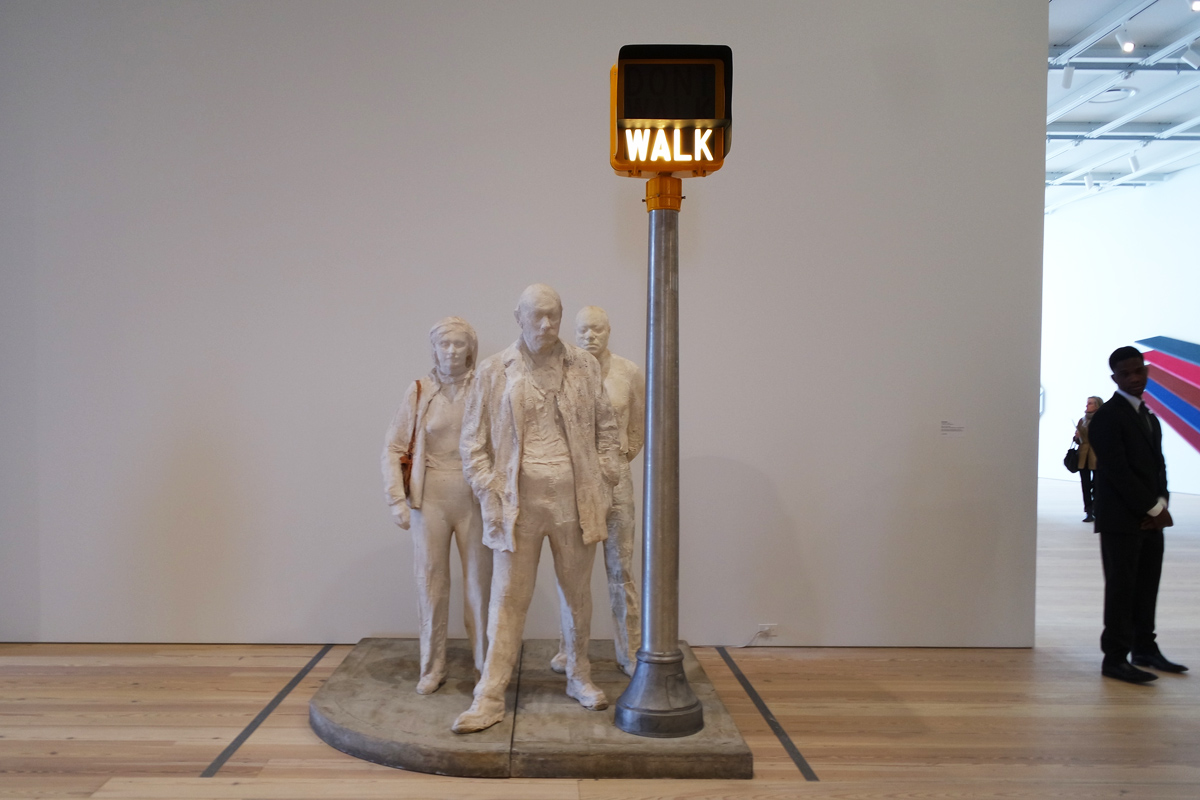
How does this ambition translate to presentation? In a magnificent chronological unfolding. A public space, on the first floor, addresses the Whitney’s origins and Gertrude Vanderbilt Whitney’s early advocacy of the arts—complete with one-of-a-kind drawings and paintings. The experience then continues on the eighth floor, and features work from 1910-1940. There, narratives such as “Machine Ornament” and “Forms Abstracted” place some of the world’s most historic artists side by side—including a painting by Georgia O’Keefe and a sculpture from Alexander Calder. The pieces themselves are impressive, and yet sharing this floor—in combative narratives, only a few steps from one another—offers more than insight. This isn’t a “best of” exhibition; it’s a well-presented request to see the familiar in an entirely new light.
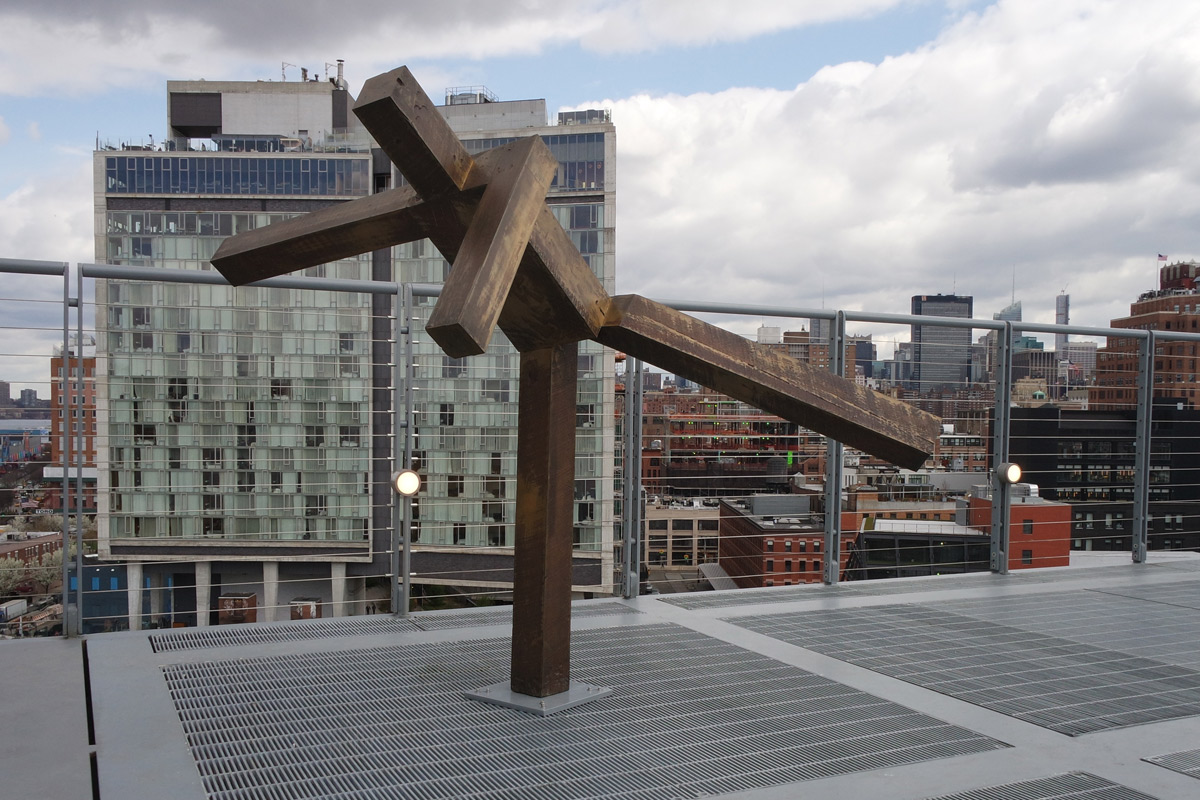
The exhibition continues on the seventh floor (accessible by elevator, internal stairwell or the outdoor staircase that connects two large open-air spaces complete with sculptural work). This level showcases work from 1925 to 1960, lacquered with thoughtful whimsy. From a vast Rothko to a petite Edward Hopper sketch and a massive Lee Krasner painting occupying an entire wall, there’s a sense of wonder to the level that stands at the heart of the exhibition. Some of the works have been set onto walls painted a vibrant blue, which further contributes to the transformative space.

The sixth floor also offers mid-century work, harnessing the power of the 1950s through 1975. Here, large-scale sculptures reign supreme, and the mediums further diversify. With the fifth floor, works from 1965 through the present day bring viewers full circle and reflect the Whitney’s continued efforts to touch upon every moment. While there are stand-out pieces on every floor, within every theme, and every period and movement, it is their unified effort that conveys an artistic understanding unlike any other. This is an exhibition fitting for the space, and is most certainly worthy of a slow, careful stroll from start to finish. There’s plenty to marvel at.
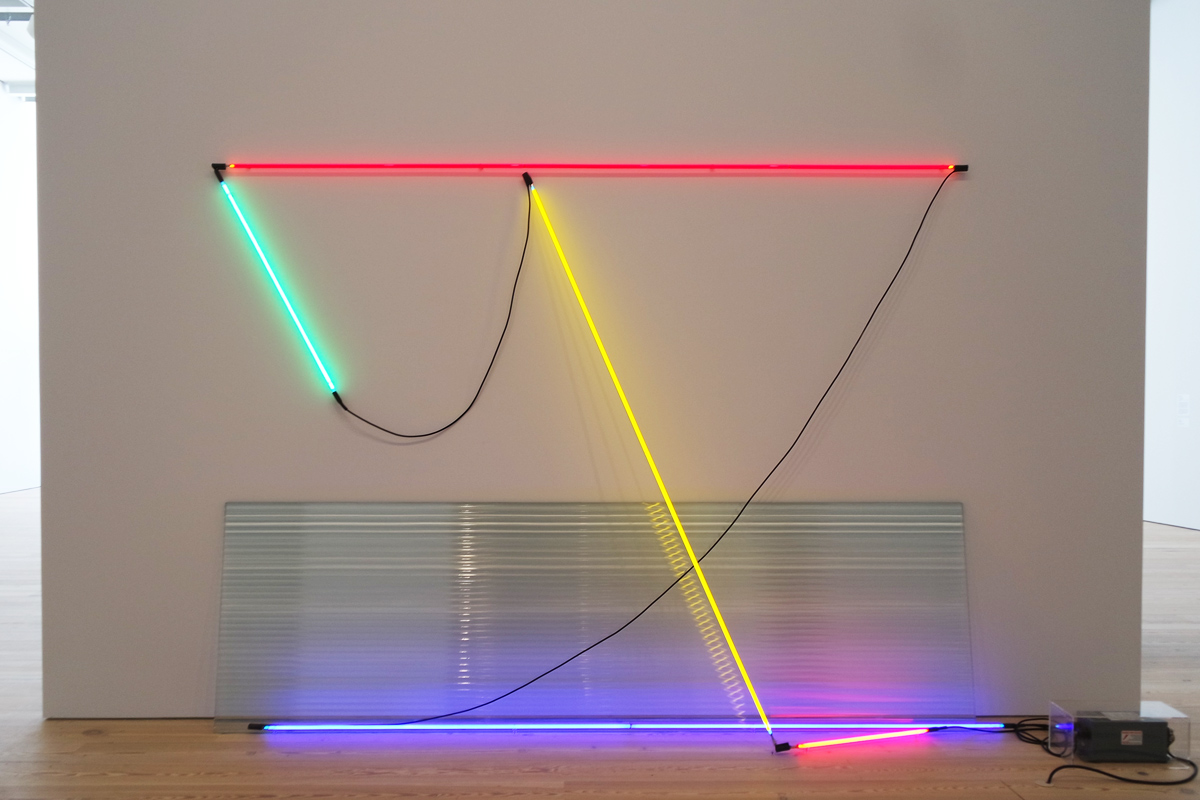
“America is Hard to See” opens 1 May 2015 and will run through 27 September 2015. The Whitney recommends purchasing tickets in advance.
Lead image by Nic Lehoux, all other images by David Graver
